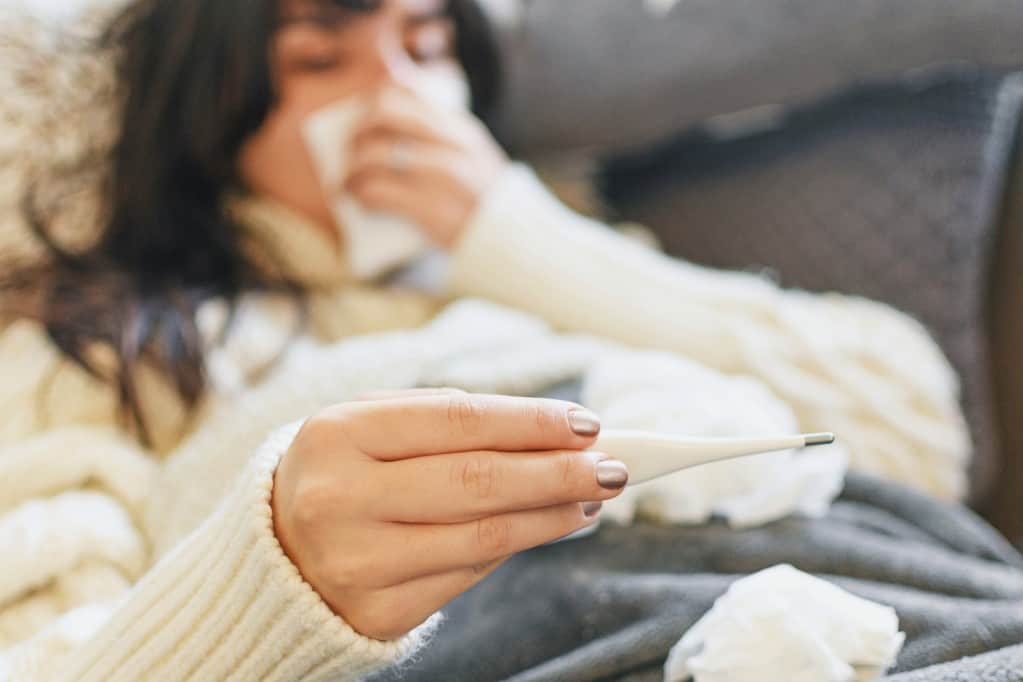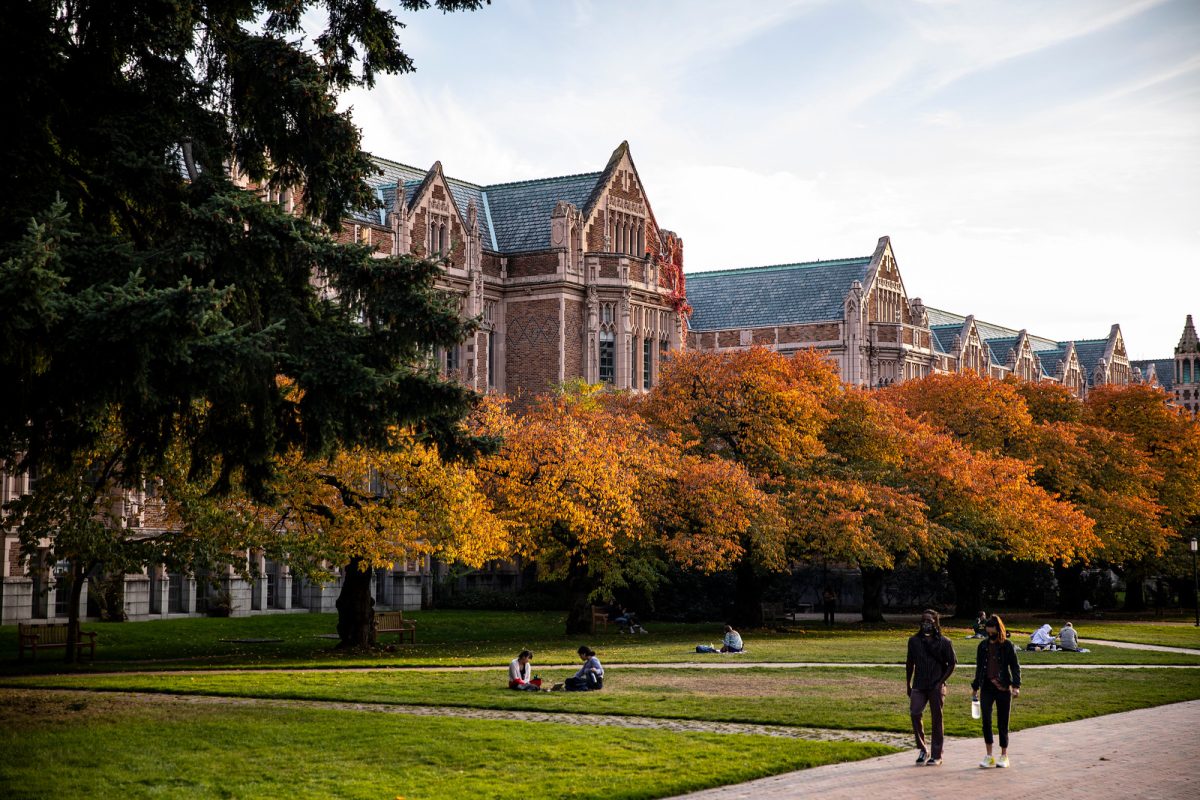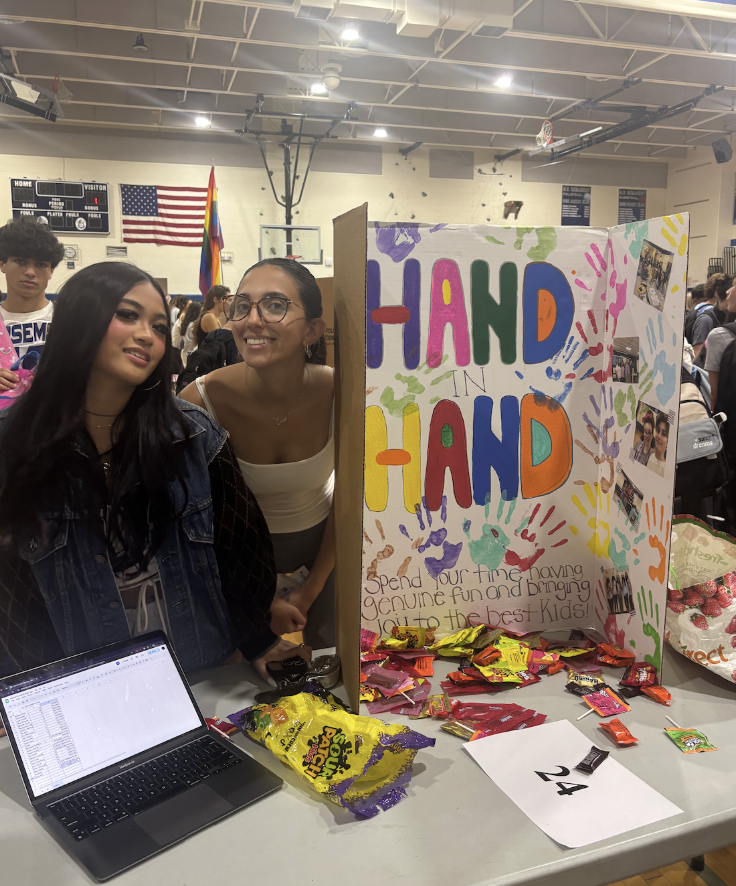NVD and many other schools in the country have a recurring number of students every year who get sick as the new school year begins.
A new school year prompts a lot of things, such as, new subjects to learn, new teachers to meet, but also, new germs. Everyone’s germs are shared because a significant number of students are confined in close spaces for longer periods of time. Many people have been sharing similar symptoms at NVD and neighboring schools.
“These include the common cold, gastroenteritis (stomach flu), strep throat, influenza, hand-foot-mouth disease, COVID-19, and even common infestations like head lice. All of these tend to be more common once students are back in school and surrounded by new classmates,” Brittany Schafer said in a TMH article regarding illnesses students can get when going back to school.
Many students in every grade mentioned that they were sick with some sort of cold a few weeks into the school year. Some collective symptoms people experienced were sore throats, fevers, runny noses, and coughs. Senior Audrey Kim explained when she got sick and how this was a normal occurrence for her.
“I was sick about a month after school started, and I often get sick during this time. A lot of my friends were sick with a cold a month ago as well, and I think I caught it from them,” Kim said.
Another contributing factor to illnesses spreading as school starts is how sick students still come to school. Some students believe that a runny nose or slight fever is alright to come to school with, however, there is a high possibility that they will spread their sick germs to others.
“A lot of people were already sick by the time I was but were continuing to come to school. They only had minor symptoms so a lot of sick people would still attend school, but the number of them would continue increasing,” Kim said.
Although colds and the flu become more prevalent once school begins, there are still many preventative measures students can take.
“Avoid close contact with people who are sick. If possible, stay home from work, school, and errands when you are sick. Cover your mouth and nose with a tissue when coughing or sneezing. Washing your hands often will help protect you from germs. Avoid touching your eyes, nose or mouth and practice other good health habits,” the CDC said regarding healthy habits to protect against illnesses at school.
Even though many students get sick around this time of year, more preventative initiatives can be taken to help mitigate the spread of different sicknesses.







